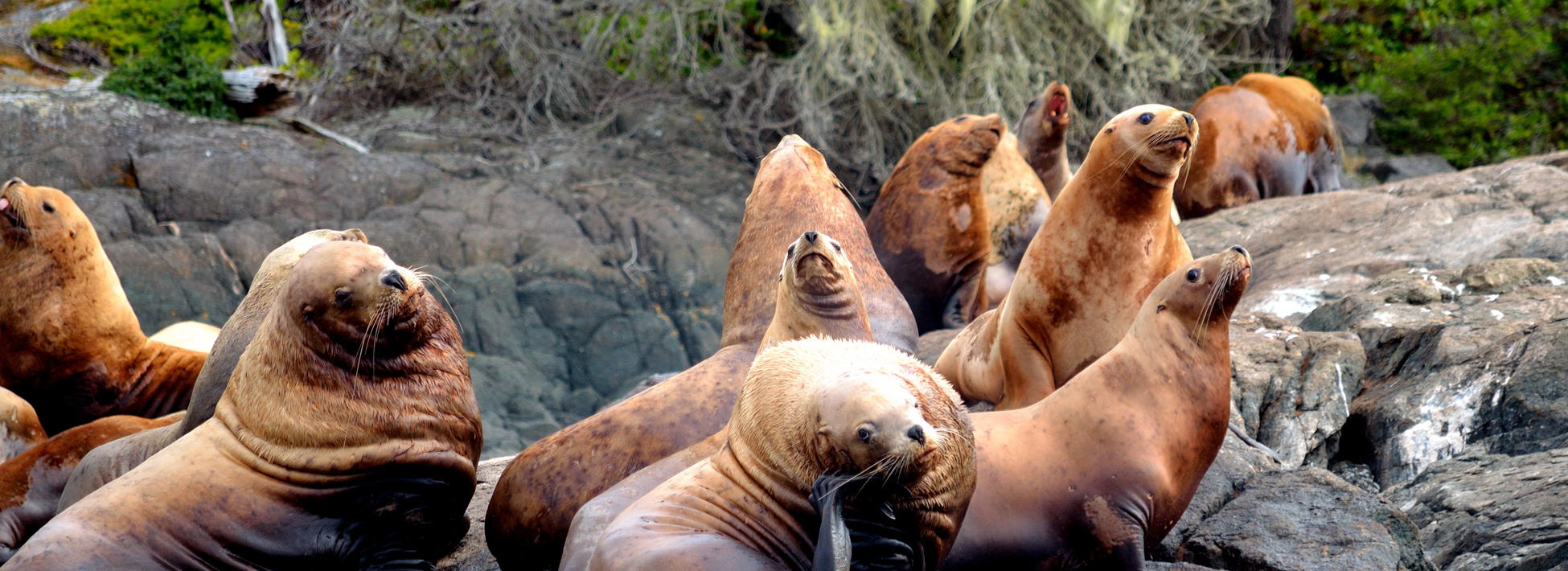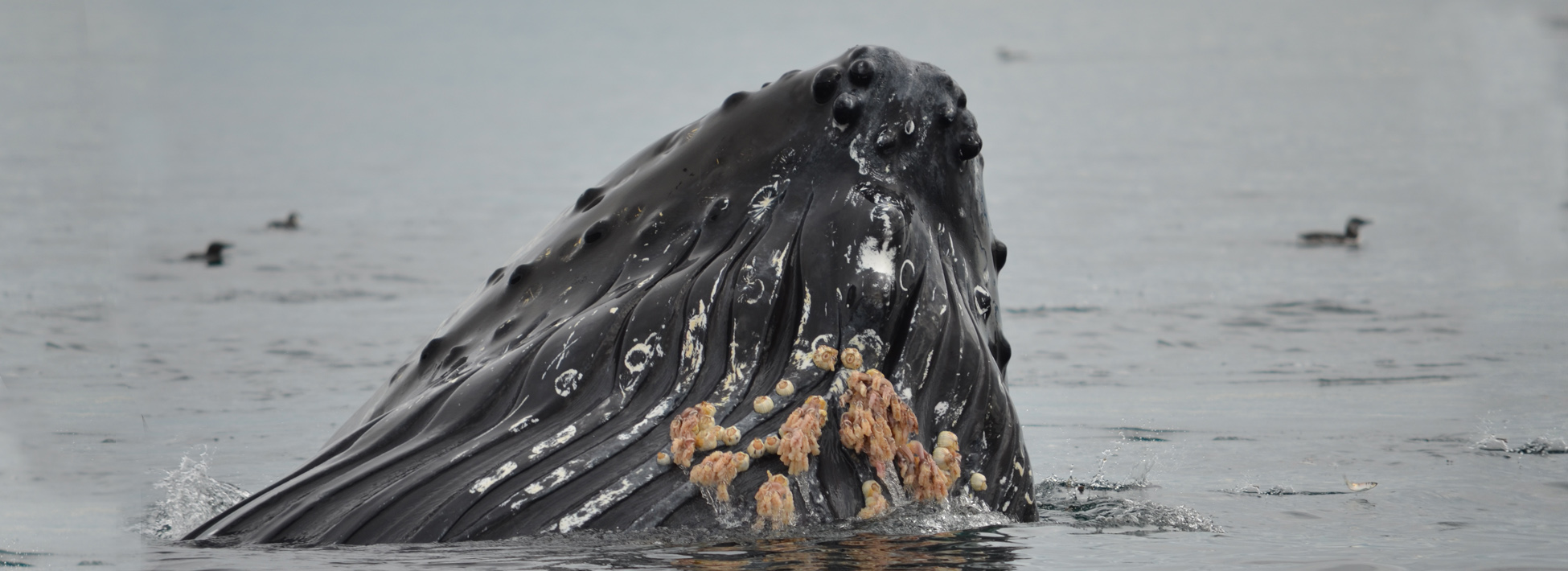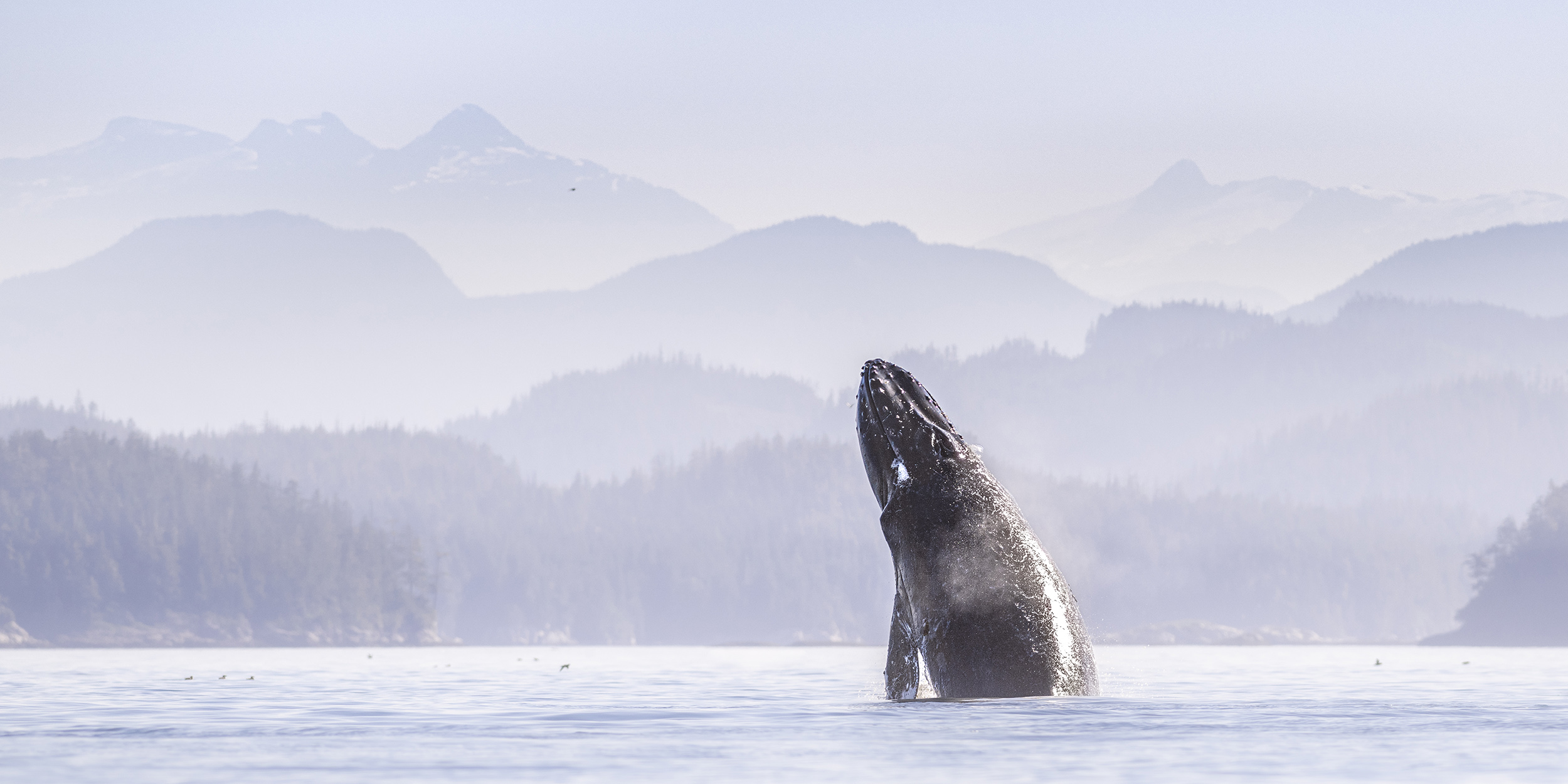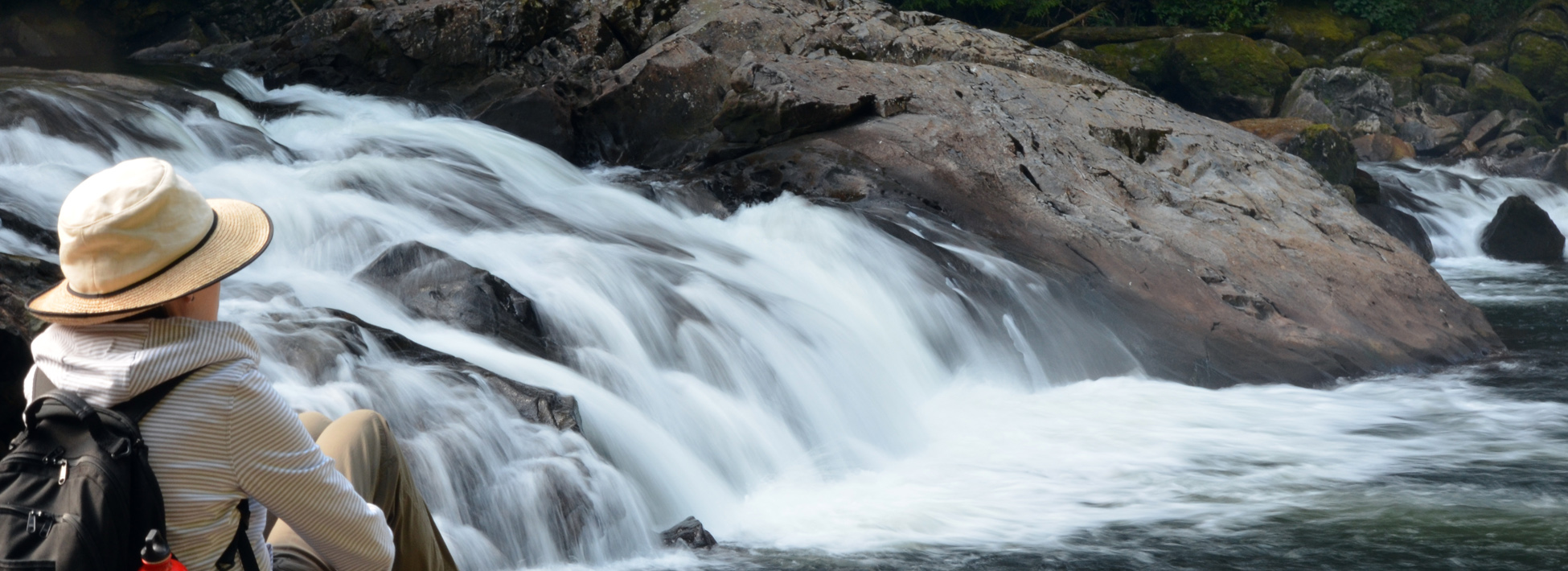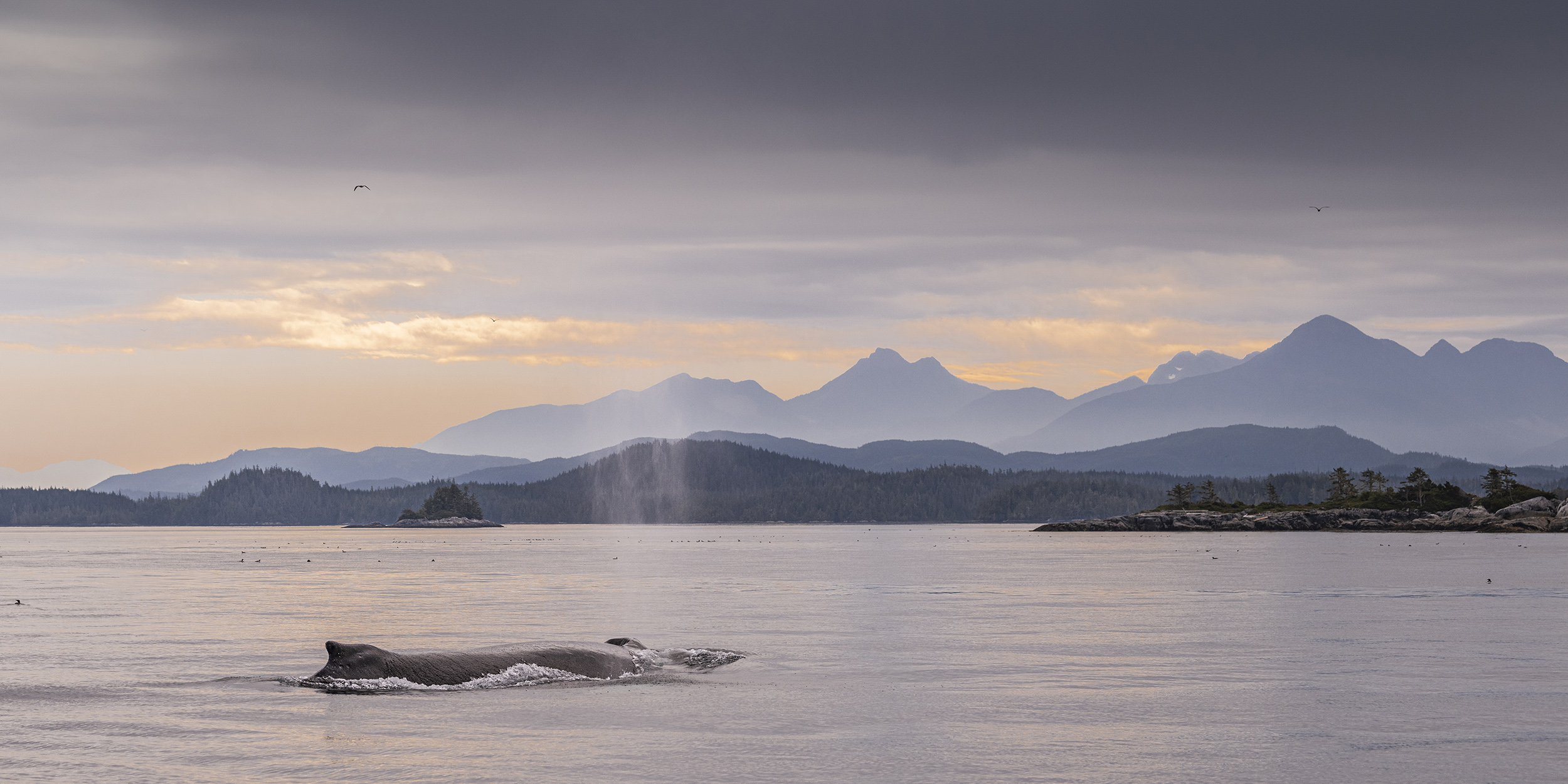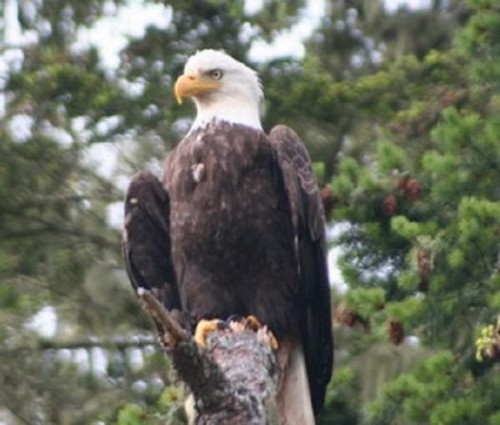
On the other side of the platform mentioned in yesterday’s post we have caught the attention of a bald eagle for the same reason. Wildlife is very aware and we become more aware the longer we spend in our “nature” surroundings. Moving up river when viewing grizzly bears in the spring we use an aluminum skiff and need to be very careful as an “eagle eye” is OK but the absence of grizzlies because of carelessness is not.
